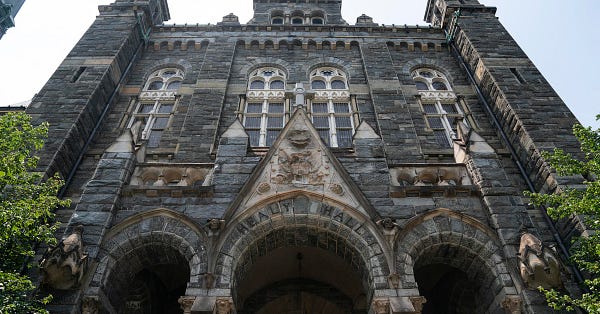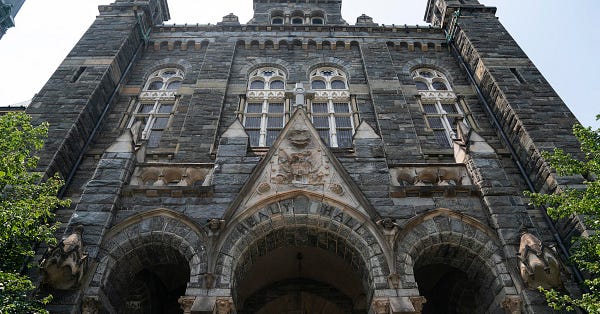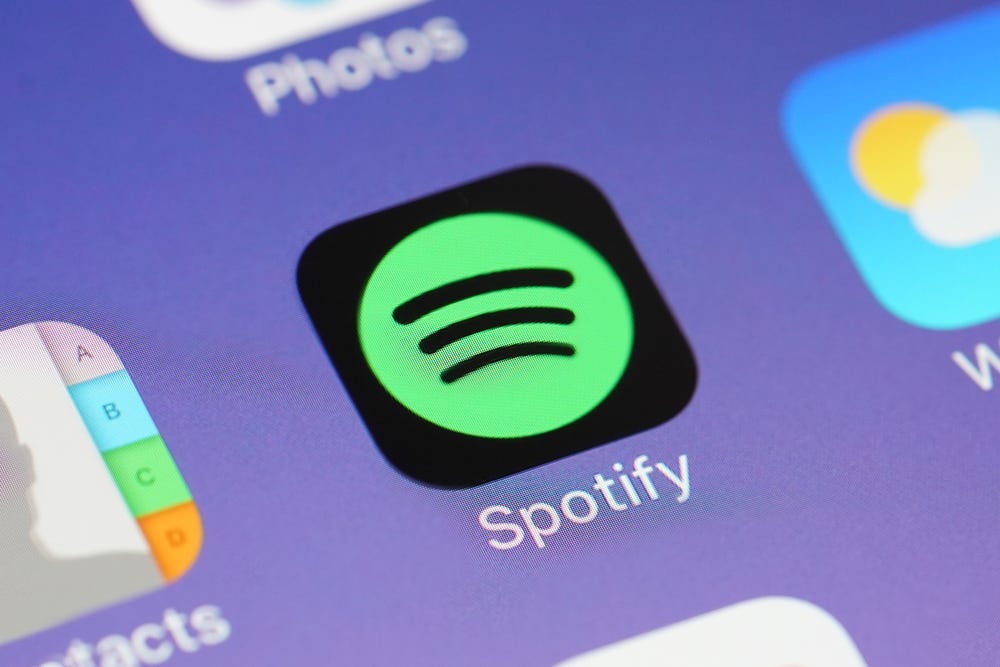E-Pluribus | January 31, 2022
Understanding true academic criticism, more fighting fire with fire, and anti-establishmentism ain't what it used to be.
A round up of the latest and best writing and musings on the rise of illiberalism in the public discourse:
Philip Carl Salzman: On Distinguishing Political Attacks from Academic Criticism
Accountability, or cancel culture? Genuine disagreement or invidious personal attack? Depending on which “side” one is on in any particular dispute, the answers can be polar opposites. And when academic freedom is at stake, how can we tell the difference? At Minding the Campus, Philip Carl Salzman brings some clarity to these questions in the academic setting.
When discussing academic freedom with university administrators, there arises the question of how to distinguish political attacks from academic criticism. Certainly, there is no simple answer to this question, and the practical use of such a distinction would likely draw resistance from those who wish to impose their political views.
[…]
First, academic criticism challenges ideas, arguments, evidence, and conclusions. Political attacks are directed at individuals—that is, they are ad hominem attacks. Ad hominem attacks are indicated by labelling a person with disparaging terms (e.g., transphobe, bigot, racist, sexist, etc.).
Second, the justification for a political attack is that it is a defense of an identity against assertions that make those with that identity “feel unsafe” or that they are “denied their existence.” In contrast, the justification for an academic criticism is that the case presented is unsubstantiated, poorly argued, or illogical, or that the conclusions do not follow—in short, the criticism is that the case presented is untrue.
Read it all here.
Andrew Sullivan: The Right's Ugly War On Woke Schooling
Andrew Sullivan is no stranger to controversy, and he dives right back in in his latest post on Substack. Sullivan has become infamous on the left for his dissatisfaction with where the ideologues have gone and his willingness to call it out. But right-wing overreach as a response to left-wing overreach is no better than the reverse, and Sullivan says there’s a better way to fight fire than with fire.
What we’re seeing now is the reaction to this left-wing power grab. And — guess what? — it’s a right-wing power grab. If the left has stealthily changed public education from above, the right has now used the only power they have to fight back — political clout in state legislatures. 122 separate bills have been introduced since January 2021, 71 in the last three weeks alone. They all regulate speech by teachers in public schools, but many are now also reaching into higher education — a much more fraught area — and outright book banning. The bills are rushed; some appear well-intentioned; others are nuts; many are very vague, inviting lawsuits to clarify what they can mean in practice. In most cases, if passed, they will surely chill debate of race and sex and history — and increasingly of gender, sex and homosexuality — in high schools. And that’s a bad thing for liberal education.
The best summary has been compiled by Jeffrey Sachs for PEN America: check out this spreadsheet of legislation across 33 states, and Sachs’ latest piece on the matter. (I think Sachs has downplayed wokeness, but his work here is solid and impressive.) I urge caution when you read mainstream media coverage because it is so often wrong. Jesse Singal exposes some of the bad MSM coverage here — most notably at Slate, Esquire, The Hill, and, of course, Scientific American. The bulk of the laws seems to oppose enforced indoctrination of children, rather than banning teaching about difficult topics, but, to be honest, it’s a hot mess.
One important point, often elided in the press: This is not about free speech as such. Regulating curricula and teaching methods in public schools is unavoidable. No one argues that K-12 teachers can teach anything: the content is always subject to political consensus and democratic input. And it could be argued that the overhauled curricula and teaching methods in recent years were imposed without democratic input, and that this is a healthy, democratic correction.
And in some ways, it is. It’s a good thing that parents are more engaged with their kids’ education, running for school boards, examining curricula, exposing extremist teachers and administrators. And I absolutely get where the parents are coming from. What else are they supposed to do, confronted with a woke educational establishment that lies to them, and brooks no compromise?
The trouble is that banning courses restricts discourse, and does not expand it. It gives woke racialist theories the sheen of “forbidden knowledge.” It removes the moral high-ground from those seeking to defend liberal learning from ideologues of any variety. And it sets an early lesson for kids that the right response to bad arguments is to get authorities to suppress them — exactly what the woke believe — and not to marshal arguments that refute them. Greg Lukianoff calls this “unlearning liberty.”
Read it all.
Zaid Jilani: Heart of Scold
The latest free speech controversy involving Joe Rogan probably has a lot of people asking, “Neil who?” At City Journal, Zaid Jilani reminds (or informs) his readers that Neil Young, now refusing to allow his music to appear on the same platform (Spotify) as Joe Rogan over Rogan’s Covid vaccine content, was once a counter-culture stalwart, so his efforts to limit Rogan’s ability to reach listeners seems curious indeed.
[P]erhaps the most surprising detail about this episode: since when did Young become the sort of person to advocate for shutting up his ideological opponents? The rock and folk artist made his name as a countercultural figure in the 1960s, raging against the cultural and political establishment, working with Crosby, Stills, & Nash to release “Ohio,” a powerful protest song released after the killing of student protesters at Kent State University in 1970. The song became an anthem for the anti-Vietnam War movement. Some mainstream AM radio stations, sensitive to lyrics referring to “soldiers gunning us down,” banned it, but underground radio helped make it a hit anyway. Young continued to be a mainstay of the counterculture in the decades to come. In 2006, he reunited with Crosby, Stills, & Nash to barnstorm the country singing anti-Iraq War and anti-George W. Bush songs. They called it the “Freedom of Speech Tour” and kicked it off in Philadelphia, birthplace of the Constitution.
Young’s transformation from countercultural champion of freedom of speech to corporate censorship advocate and defender of the public-health bureaucracy didn’t occur in a vacuum. Progressives have become increasingly censorious over the past few years. A majority of Democrats now believe that both private tech companies and the U.S. government should “take steps to restrict false info online.”
Many on the left were once militant in their support for free expression, believing that misinformed, even offensive, viewpoints were as worthy of airing as any other speech. When the Yale Political Union invited segregationist politician George Wallace to speak at the university, famed civil rights activist Pauli Murray (who was attending law school there) rose to defend freedom of speech.
Read the whole thing.
Around Twitter
Via Bari Weiss and others, some thoughts on the case of Ilya Shapiro and his poorly-worded tweet:






Kmele on seeing people as individuals rather than members of some group:



And finally, have you been “affected by a free speech event”? The Colorado State University is here for you:








